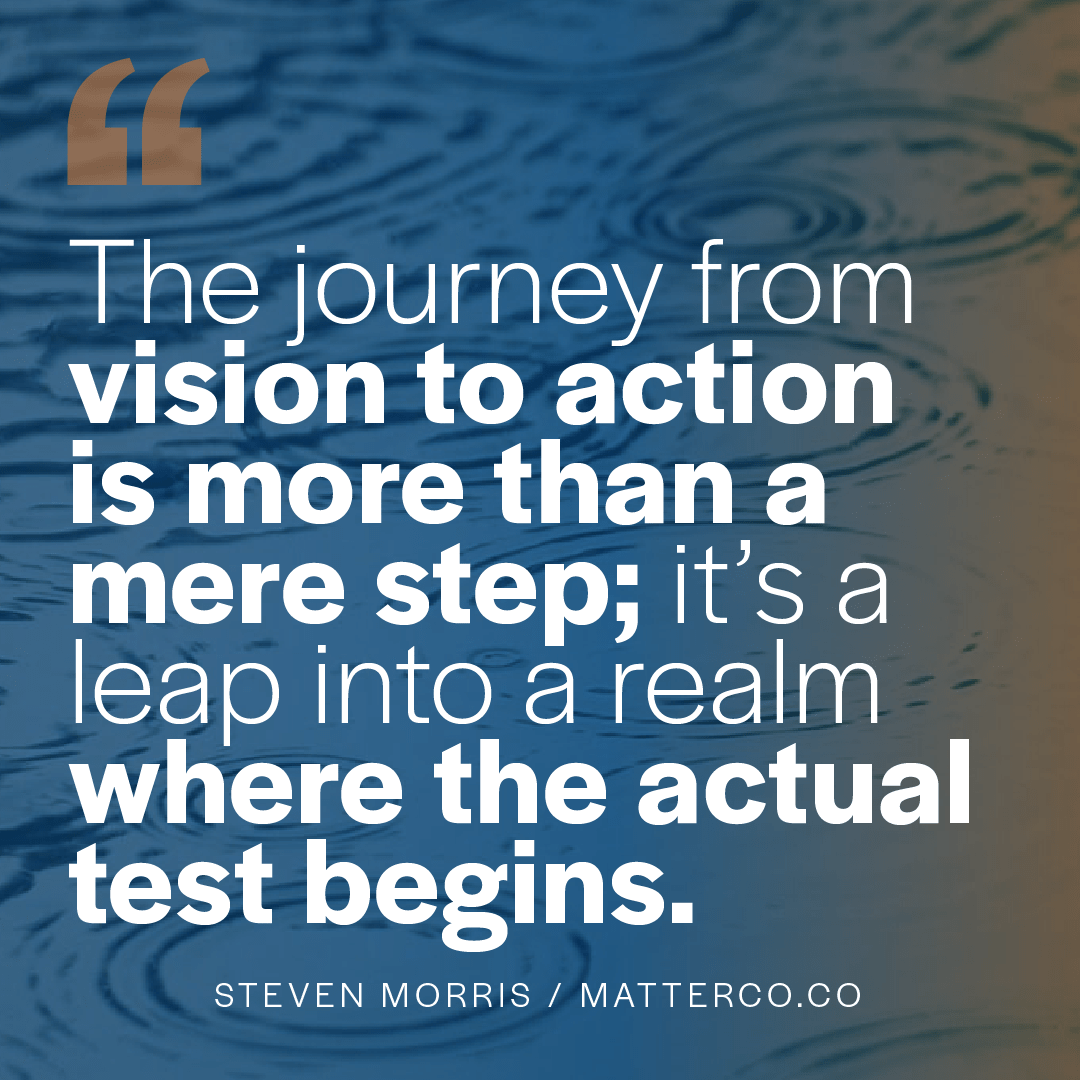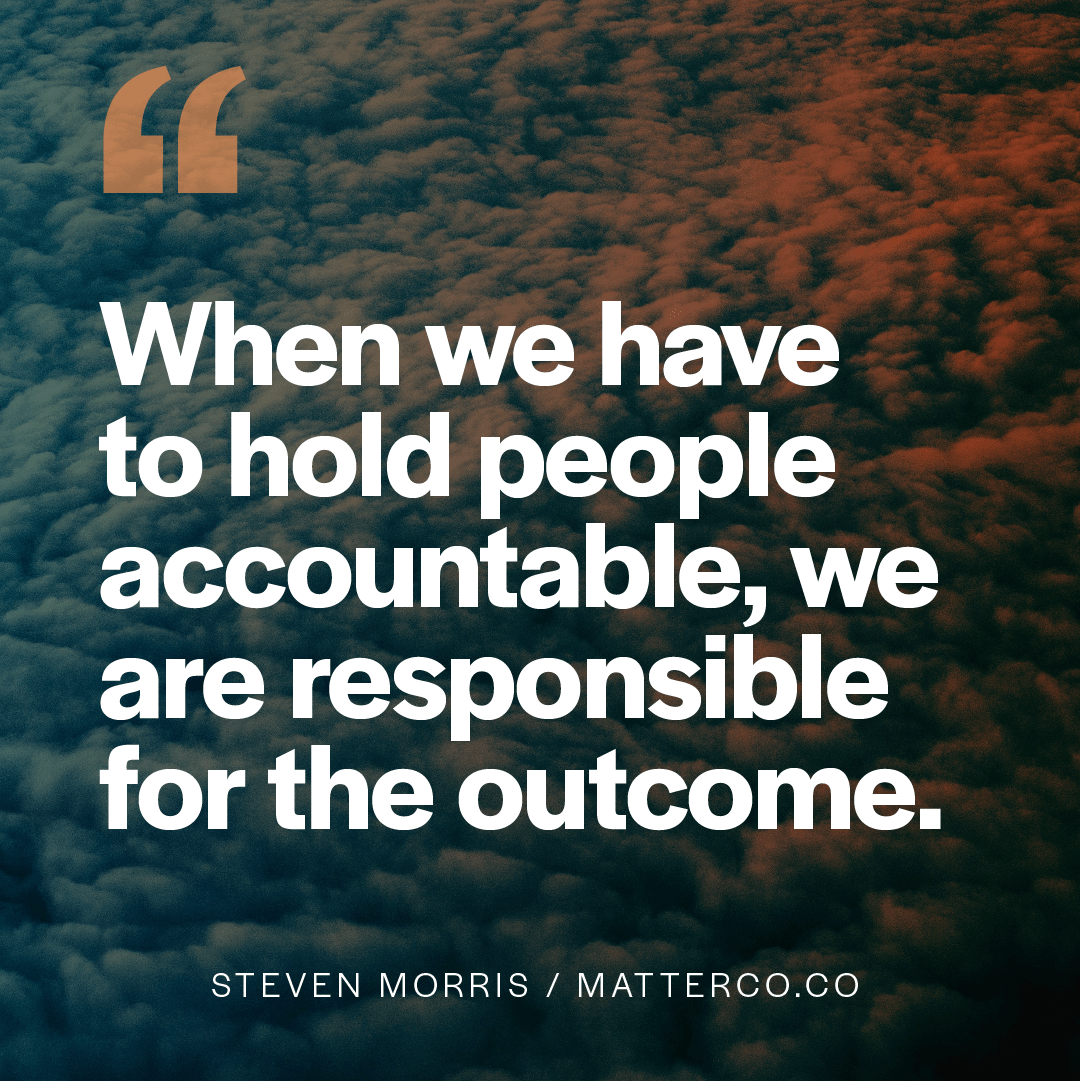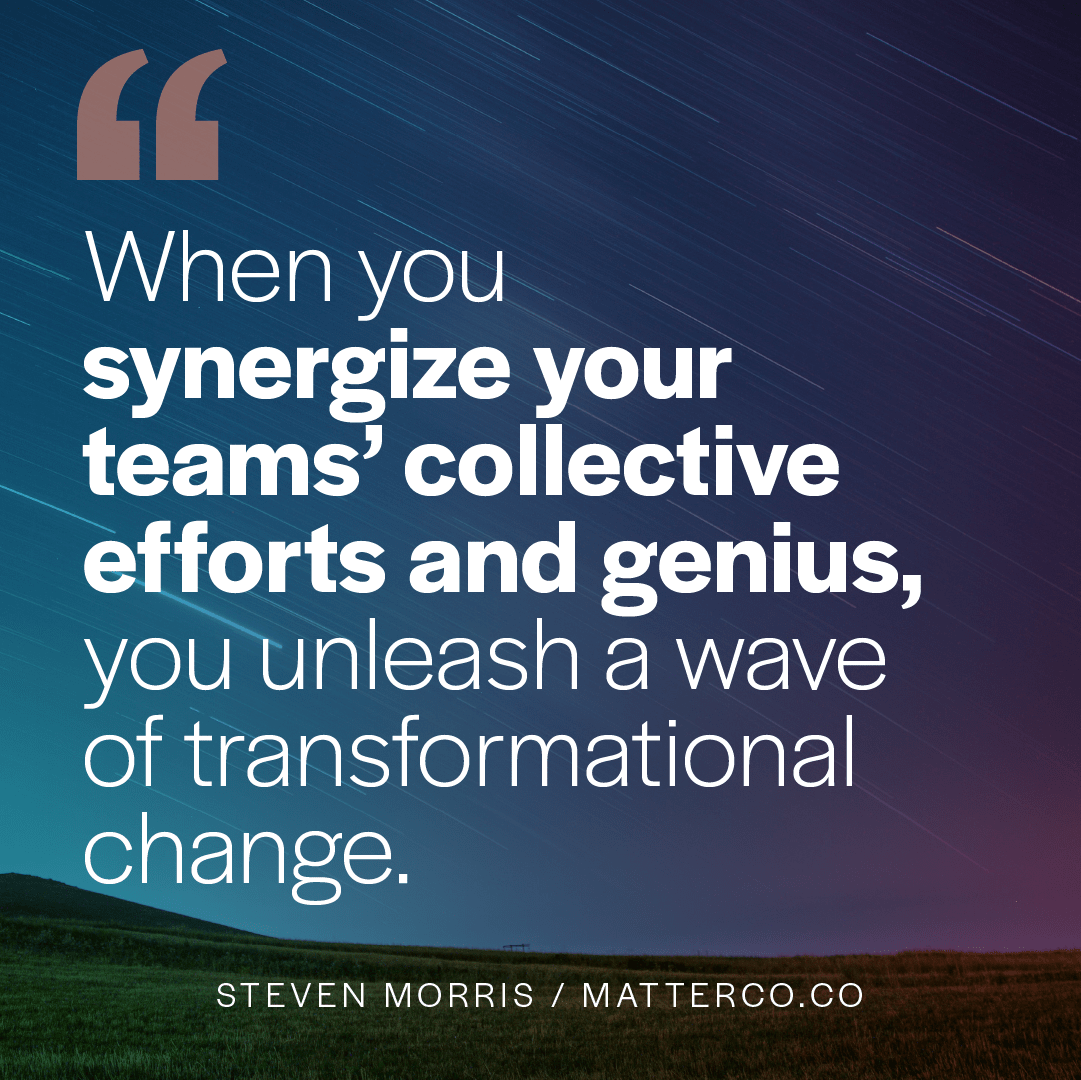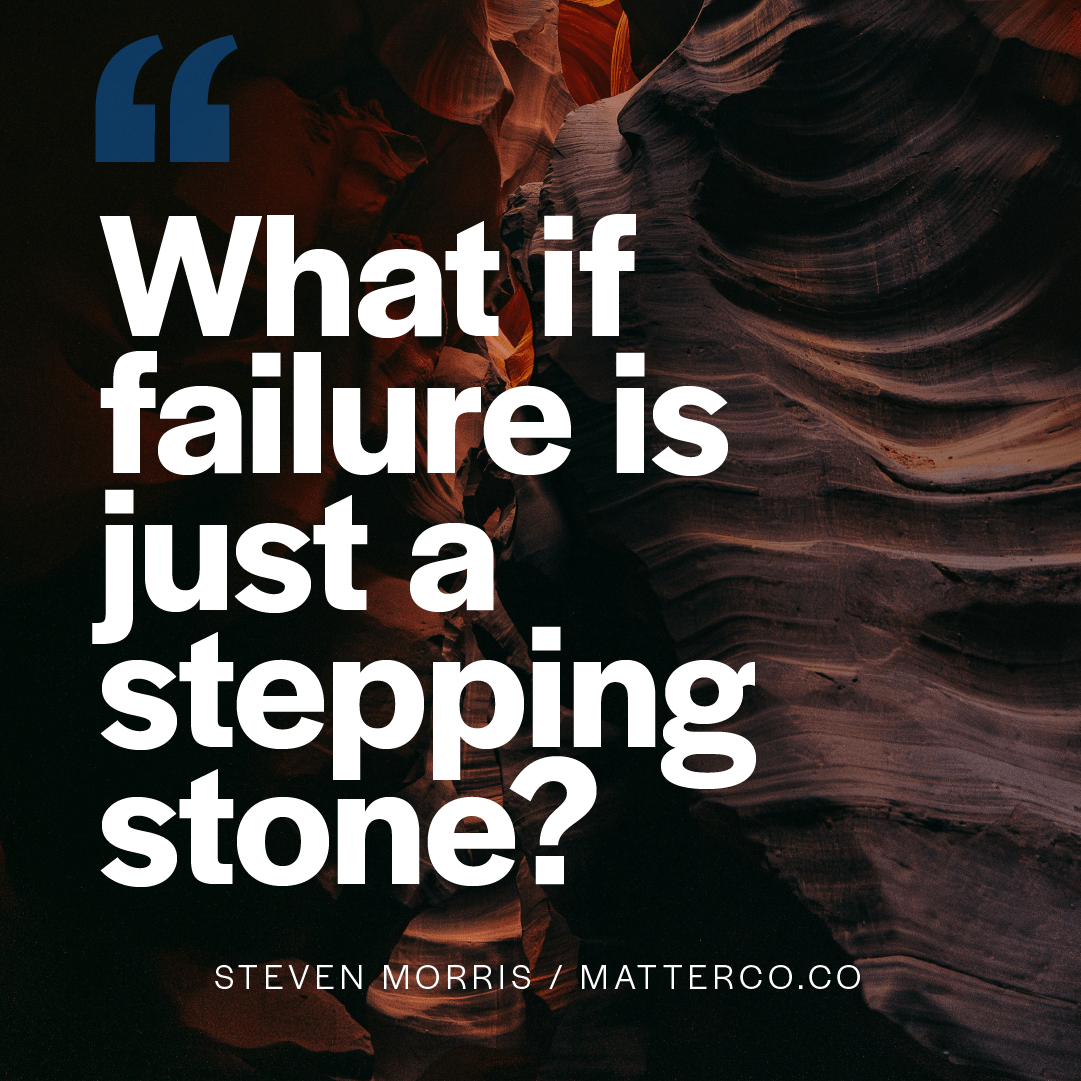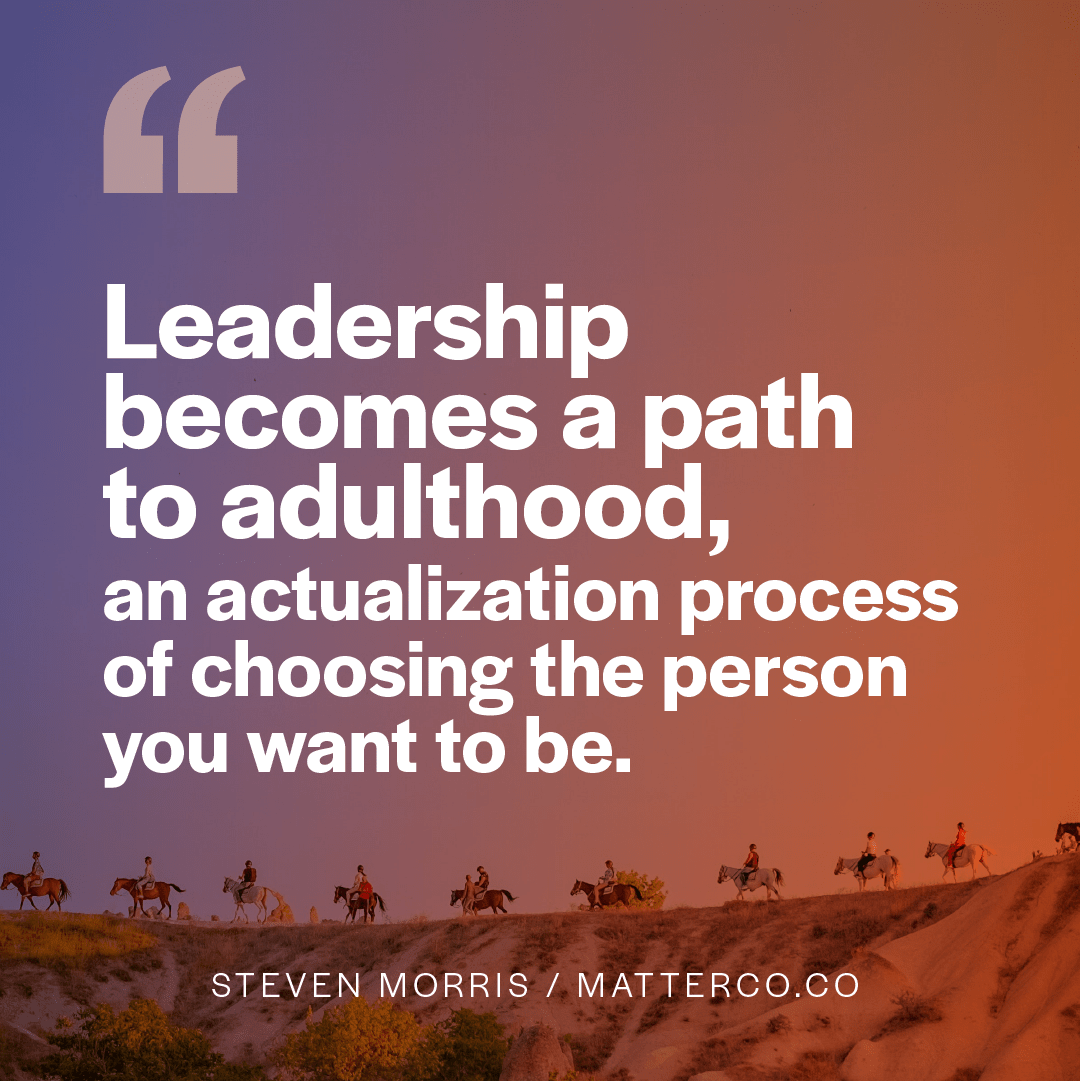
Leadership Options
“I don’t understand why this is happening here. I don’t get what’s going on. What are the invisible forces at work on my team that’s creating such chaos?” These questions are relatively typical when working with an organization or individual leader.
When asked these questions, I usually turn to the Carl Jung quote: “Until you make the unconscious conscious, it will direct your life, and you will call it fate.”
My follow-up often includes two things.
First, you can’t manage what isn’t brought to light. And, fate is often changeable; we have more power over your situation than we might think.
But we have to address the currently unseen first issue to make an effectual change.
There are (at least) two unique ways to view and apply leadership.
We can view it through the power lens, as people often associate it with leadership. The power lens includes job titles, ownership positions, and assigned responsibilities—this top-down view of leadership points to positions of power to drive what gets done and how.
Or, perhaps even more helpful, is to view it from the self-leadership lens. This leadership approach is the moment-to-moment leadership of the self, where leaders take complete responsibility for everything they do, say, think, feel, and bring into the world.
Here, all individuals take radical responsibility for themselves in an environment surrounded by others doing the same. In this, teams can support one another in self-leadership.
Depending on the organization, either view of leadership can work, but I suspect you’ve seen top-down leadership’s shortcomings.
Let’s personalize this.
When I am self-creating my vocation and my business vision, I am, in effect, leading myself.
Here, leadership becomes a path to adulthood, an actualization process of becoming the person I choose to be. This includes effecting the world and my work the way I want to effect it.
Apply this consistently enough across your team, and you end up with an evolved and mature organization filled with individual leaders who are ignited together in a common cause.
Traditional leadership is more frequently being played out in non-traditional ways. In healthy organizations, leadership is embedded in every area of the culture. Not just at the top but throughout the culture at every level, including inside-out leadership of the self.
When compared to top-down leadership, who wouldn’t want self-leadership?
The choice, of course, is yours to make.
If you found this topic interesting or valuable, here are some related articles for you.
If you want a more trusting team, a culture of belonging or a magnetic brand that attracts more of the right customers, I can help. If you'd like to explore if working together makes sense, drop me a line.




